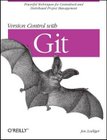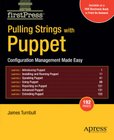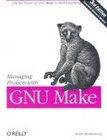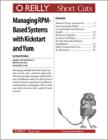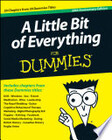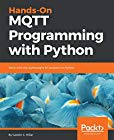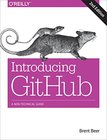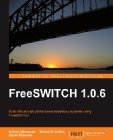
Once, when I picked up a book from the local library, the librarian asked to tell her what I thought about the book when I would bring it back. Well, why not write a few lines about all the books I read so everybody could see what I thought about it? I'm often also happy to have friends recommend a certain book or tell me this and that is not really worth reading. I won't comment about the tons of books I have read so far, but about books I read from now on.
| highly recommended | sehr empfohlen | |
| good reading | gutes lesematerial | |
| average | durchschnittlich | |
| not too interesting | nicht allzu interessant | |
| recommended not to read it | empfehlung das buch nicht zu lesen |

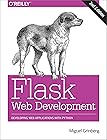











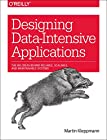
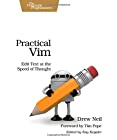














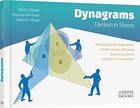









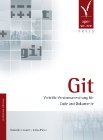






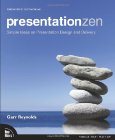


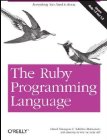








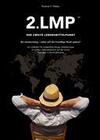



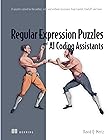





















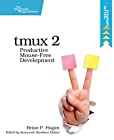
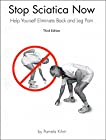





























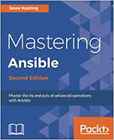



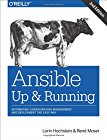



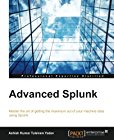










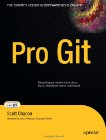






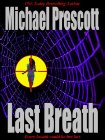




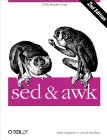





















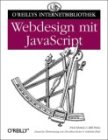
















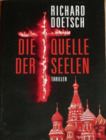














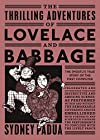























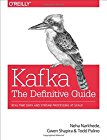
















 |
|
|---|---|
| title | On Web Typography |
| author | Jason Santa Maria |
| ISBN-10 | 1-937-55707-3 |
| ISBN-13 | 978-1-937-55707-2 |
| ASIN | |
| rating | |
| date | 2015-Aug-01 |
This book serves as a primer for (not only) web designers who are new to typography. And rightly so. These days there are so many options abound for typesetting text that the average Joe often is overwhelmed by all the possibilities, fonts, sizes, etc. and forgets to consider overall layout and legibility. All to often less variation in presentations, documents and web pages would be more. The book stresses the fact that typography should help in reading and understanding a text rather than get in the way of the reader. Very sound advice.
There are not really hard rules in typography, no clear wrongs and rights valid in all situations. So Jason starts out with a short overview of how we are reading, followed by some info on how type works. Without thinking about these 'mechanics', you'd have nothing to base your selection of typefaces, widths, sizes etc. on. The text then goes on explaining some more type-technical stuff like boxes, height, various attributes and how to choose typefaces which match or complement each other. Good advice also about creating a hierarchical typographic system for your project. Finally, some words about overall page layout (horizontal, vertical, grid), which I think is especially important in web design.
There are no hard rules given on how to typeset something, but sound advice. And this advice is not only true for web page design. In the part which talks about various typefaces (commonly called fonts), their features and their distinctions, you can easily feel the authors interest for the details of all the various fonts. For the non-professional designer this can, at times, be a bit too detailed, differences between shown fonts too small to really notice.
Don't expect to be a top notch web page layout pro after reading this book, but heeding the advice given, you should not fall prey any more to some of the most common problems. And this is not only true for web pages, take the advice for all text you produce or set.
































